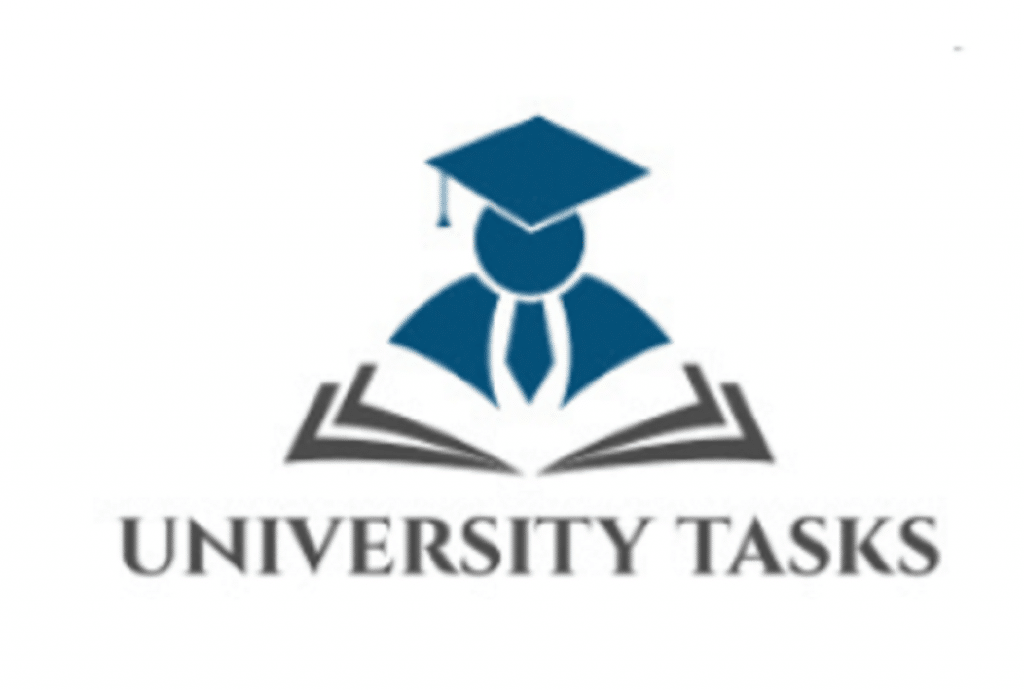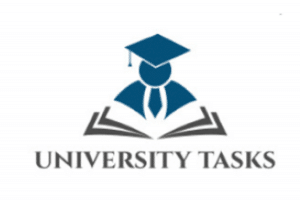The thesis marks the completion of your first studies and is necessary for obtaining your degree. It is an opportunity to synthesize the knowledge you acquired during your academic studies and at the same time to contribute with new knowledge to the existing ones.
the purpose of a thesis
Remember that the purpose of a thesis is to inform about some area of its bibliography, while giving an original interpretation of it. Simply put, the thesis adds something new to the subject under study.
Ten tips for writing your thesis
- Fully describe the topic you will be developing
- Study it spherically and explore all aspects
- carefully shape the chapters
- Focus on key points (these will also result in the keywords you highlight at the beginning of your project)
- Cite the sources you use to avoid plagiarism
- Adequately substantiate each of your own views
- Complete a topic before moving on to the next one
- Pay attention to your spelling and syntax
- Refer to older thesis not to get parts of them but to form an image related to your topic
- Adhere to the writing standards and specifications set by the undergraduate training guide of the educational institution you are studying
The most common types of Theses are
- bibliographic
- research
Bibliographic must comply with the following rules:
- To deal with a topic that deserves to be explored
- Cover the topic in as much detail as possible
- Present all opinions with critical thinking
- Add to the topic the author’s point of viev
A typical bibliographic work usually includes the following sections:
Title
Author
Summary
Introduction
Main Topic
Conclusion
Bibliography
Summary: It usually amounts between 100- 250 words, is written in a single paragraph, presents the topic of the work, the objectives and the research hypotheses, includes a summary of the method followed, synthesizes the most basic conclusions and includes the keywords.
Introduction: This section describes the topic in general, highlights its importance, mentions the main purpose of the work and presents its structure.
Review of the bibliography (or otherwise bibliographic review): The concepts and terms of the topic under study are analyzed, the objectives and the research hypotheses are described. Essentially, through the literature review, our own study is organized.
Materials and methods: This section presents in detail the business plan and the methodology followed during the survey. Information is given on how and where it was carried out, the sampling, the materials used, etc.
Results: The results obtained after the processing of the data, by target/case, are recorded. A very good option for this section is to use tables and diagrams.
Discussion: This section comments on the results and interpreted them by objective/case.
Conclusions: This is the conclusion of what has been written and studied for the preparation of the project. The topic and methodology of the paper are briefly described, the contribution of the new project at a theoretical and practical level is highlighted, the limitations set are highlighted and proposals for improvements and future research are submitted.
Bibliography: The sources used based on the way of writing followed by each educational institution are listed.
Annexes: Includes the additional information and data that are part of the project but did not need to be incorporated into the main text.



